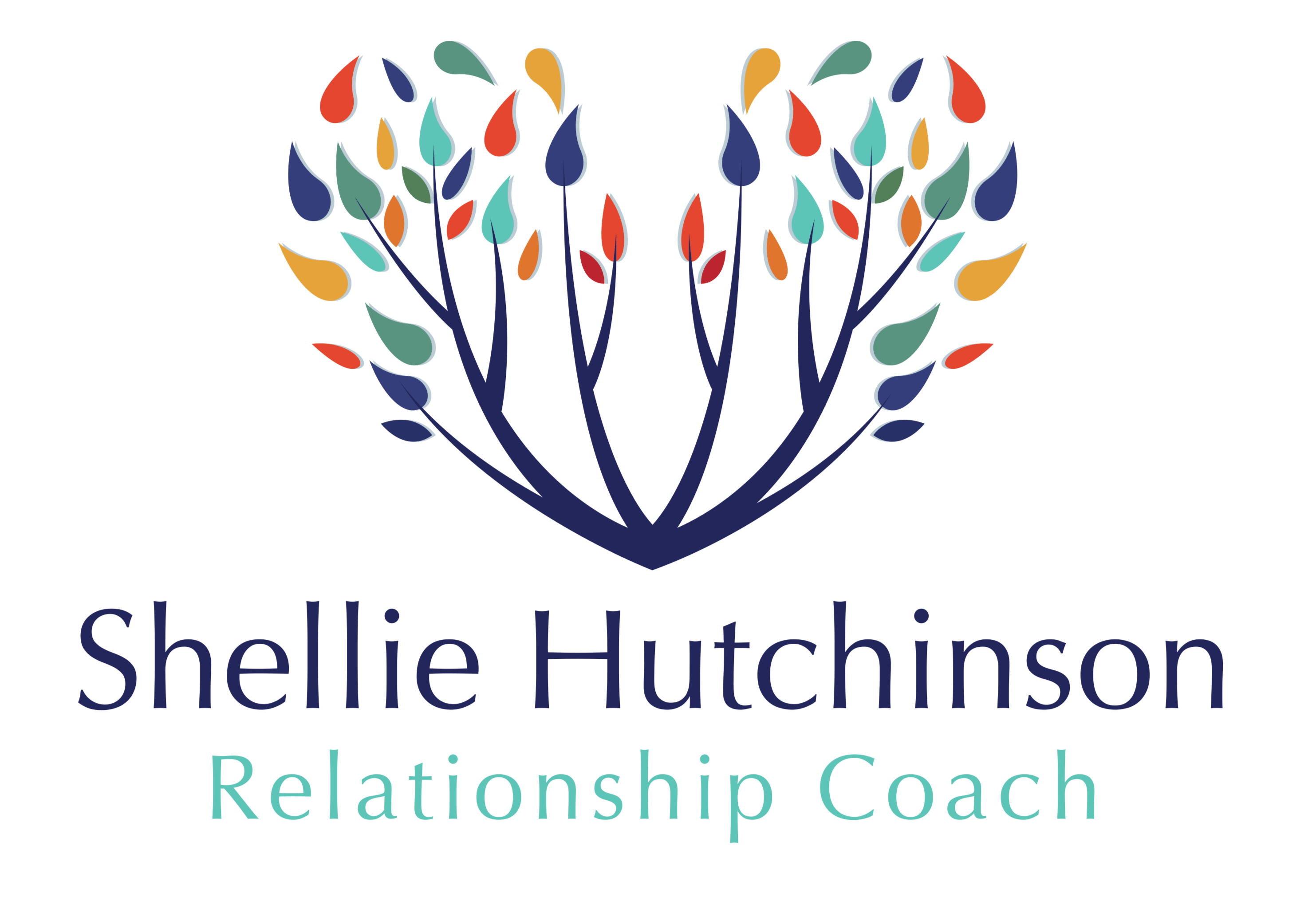
to
Where I grew up, kindergarten was half-day and I attended the afternoon session. I walked to school with a friend most of the time, but sometimes I walked alone. I clearly remember one of those alone days. It was warm, so it was probably towards the end of the school year. The neighborhood was quiet and peaceful. When I got to the school-yard, however, my route, which required walking through a large field of grass, was disrupted. Multiple sprinklers were on, watering the grass with large, overlapping arcs, while making that all-too-familiar tch-tch-tch sound. I knew I wasn't going to get to the other side of those sprinklers without getting soaked.
I considered my options. Here was what my little six-year-old brain came up with: I could run through the sprinklers and get to school dripping wet, but on time. Or I could backtrack and take the long way to school, through the otherside of the neighborhood. It would get me to class dry, but I would be late. I choose the latter. When my teacher asked me why I was late, I simply told her that the sprinklers were on in the field and I had to take the long way to school. She said she understood and that was that.
Not to toot my own horn, but I really like my six-year-old self. She was confident, pragmatic, and competent. Not once did she consider going home to ask Mom for help or a ride to school. She didn't panic. She wasn't stressed or overwhelmed. She just considered the situation, as well as the solutions, chose one and moved on.
When considering my childhood, this is probably the best example I can provide that illustrates, in a fair and honest way, what being a Gen X kid was like. Yes, we roamed the neighborhood until dark, engaged in play that, these days, many consider too risky, and we were often home alone, but we were highly capable for our age.
In the world of parenting, hindsight often shapes current practices. As modern parents, we frequently analyze the upbringing styles of previous generations to craft what we believe to be better environments for our children. One such critique has been leveled at the Generation X experience—those of us who grew up in the 1970s and 1980s. Often labeled as "latchkey kids," we enjoyed significant physical independence, which has often been misconstrued as a sign of neglect. This has spurred a cultural shift towards over-parenting that has lead to over-scheduled lives and little free time for today's children. So, as we critique past generations, it's crucial we understand the nuanced realities of past and present childhoods and distinguish between different types of childhood independence.
It's tempting to label the free-range approach of the 70's and 80's as neglectful, unsafe, or unwise. For many modern-day parents, doing so supports their over-involved, anxious approach. In actuality, that free-range approach cultivated development in the best ways. We know that childhood independence and free-play foster problem-solving skills, social skills, resilience, and self-reliance, to name a few. Nevertheless, despite all of this good, there was something missing for many Gen X kids - parental emotional availability.
The parents of Generation X were characterized by a 'silent strength' that prioritized survival and practicality over emotional expression. Societal norms at the time valued stoicism and self-reliance, leading to a legacy of emotional unavailability. Emotional availability wasn't a concern parents in the 70's and 80's were highly conscious of; instead, survival and providing materially were paramount.
In most cases, this was not due to neglect, but rather as a consequence of their parents’ upbringing. Keep in mind, members of this previous generation were raised by parents who lived through significant societal upheaval—marked by the Great Depression and two World Wars. These significant and extremely challenging events shaped their worldviews, making them practical, but emotionally reserved parents. Additionally, economic challenges, such as the oil crises and recessions throughout the 1970s, necessitated a significant increase in dual-income households, without a reliable day-care structure for parents to rely on.
So how have modern-day parents compensated for the lack of parental emotional availability in their own childhoods? More often than not, parents today have swung the pendulum too far in the opposite direction. And by doing so, these parents aren't any more emotionally available to their own kids, than their parents were to them. Over-scheduling a child's life and utilizing overprotective scrutiny and micromanaging every aspect of a child's emotional landscape is not parental emotional availability. Being emotionally available doesn't mean shielding a child from every possible adversity. It's not about removing every hurdle or challenge, while calmly talking to them about emotions. Parental emotional availability is not sparing a child from life's disappointments or creating a bubble-wrapped, activity-filled world for them.
Parental emotional availability is about fostering a relational atmosphere that lets a child know that they can come to their parent for support and guidance. It is being present. responsive, and empathetic in small ways throughout the day. It's about taking a moment to stop what you're doing, make eye contact with your child, and just listen and guide. It's not about ensuring you are present for every emotional moment, while talking deeply about emotions. It's about creating a safe haven in which your kid feels comfortable coming to you with their worries and concerns. It's about allowing your child to experience challenges and hardship. This is what fosters emotional independence in children.
For parents today, striking a balance between physical independence and emotional independence can be challenging. Parents experience immense pressure to keep up with everyone else. In the long run, the childhood rate-race is harming our children. But striking this important balance is possible. It's about slowing down and doing less. It's about encouraging free-play and independence without much adult supervision. It's about giving children the space to explore while being a reliable source of comfort and guidance. It's about encouraging dialogue and emotional expression, while letting our kids struggle and work through their hardships.
As we navigate the intricacies of modern parenting, let's appreciate the lessons from past generations without mislabeling their methods. We can learn so much from the free-range upbringing of Generation X, while also recognizing that today's parenting landscape permits new approaches. There are promising trends regarding parents' emotional engagement these days. As awareness grows about mental health and emotional well-being, many parents today actively seek to build healthy emotional connections with their children. We can, and we should, combine emotional availability with independence, crafting a nurturing yet empowering environment for our children. This delicate equilibrium supports their development in the most effective way, thus preparing them for the journey of adulthood.
**References:**
- Autor, D. H., & Dorn, D. (2013). *The Growth of Low Skill Service Jobs and the Polarization of the US Labor Market*. American Economic Review.
- Brussoni, M., Olsen, L. L., Pike, I., & Sleet, D. A. (2015). *Risky play and children's safety: Balancing priorities for optimal child development*. International Journal of Environmental Research and Public Health.
- Fraley, R. C., Roisman, G. I., & Haltigan, J. D. (2013). *The legacy of early experiences in development: Formalizing alternative models of how early experiences are carried forward over time*. Child Development.












0 Comments